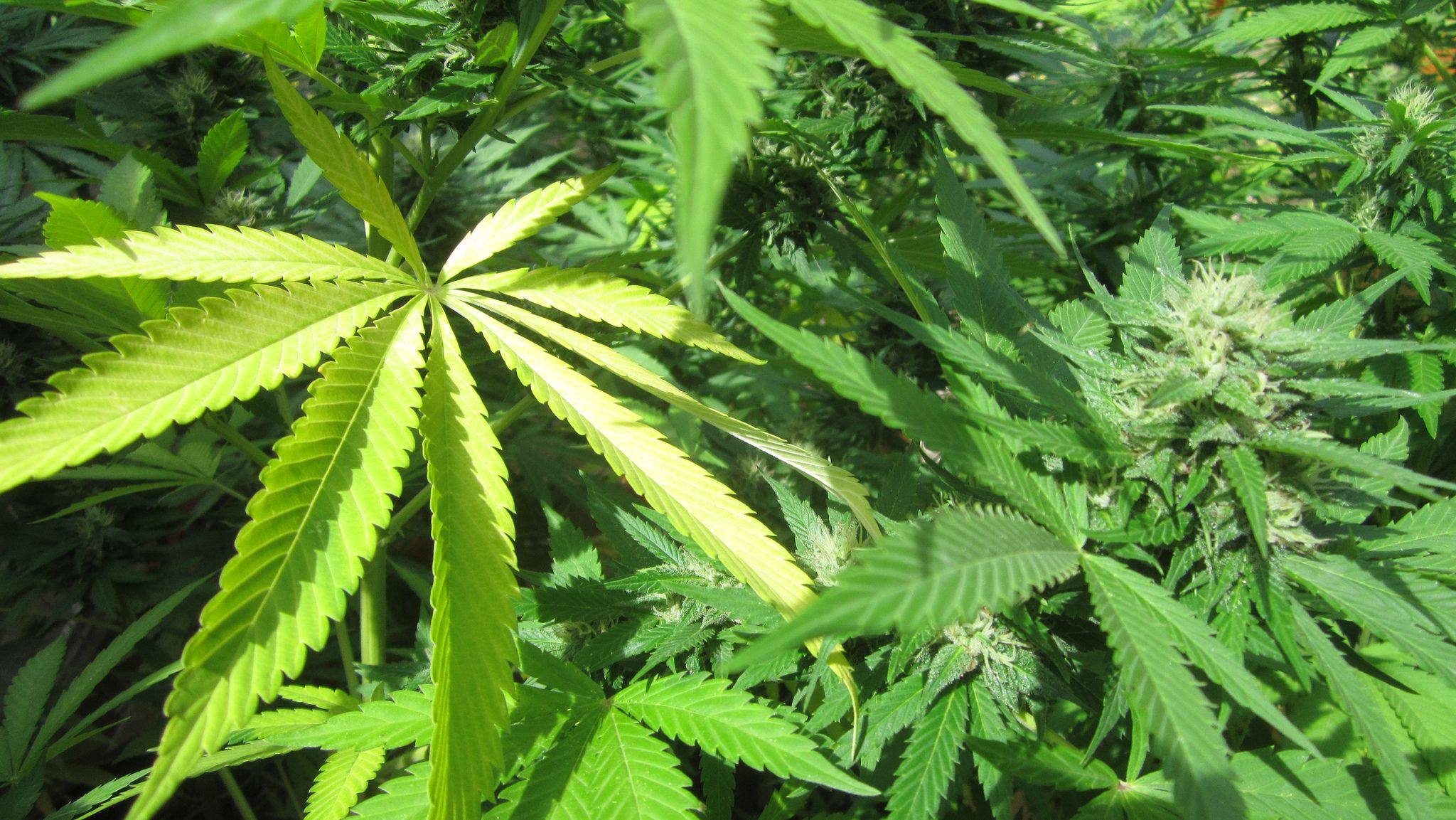The Utah legislature did something rather interesting with medical cannabis during their 2022 session. They amended the state’s qualifying conditions list to include acute pain. However, not all instances of acute pain qualify. There are restrictions. Among them is the requirement that the pain in question would otherwise be treated with opioid painkillers.
In modifying the list, lawmakers essentially gave patients a second choice. Under the right circumstances, they can choose medical cannabis as an opioid replacement. Not only is that good news for patients, but it also further cements cannabis as a viable tool for finally ending the opioid crisis.
- Years in the Making
Pharmaceutical companies began pushing opioid prescriptions back in the 1990s. Despite clinician objections, they reassured doctors that patients would not become addicted. They also offered financial incentives for writing prescriptions. This opened the door to a trend that would ultimately become what we now call the opioid crisis. It is a crisis that has been years in the making.
Unfortunately, the crisis has abated little since the media first brought attention to it some 10 years ago. According to the National Institute on Drug Abuse, some 50,000 people succumbed to opioid overdose in 2019. The estimated burden of the crisis on the U.S. economy is in excess of $78 billion annually.
- Western Medicine Is Broken
Big Pharma is an easy target for people looking to find someone to blame. The industry does deserve some of it, but not all of it. The fact is that Western medicine is broken. It has been broken for a long time. Our system is based almost entirely on a pharmaceutical approach to wellness. We treat every condition under the sun with either a drug, a medical device, or a procedure.
Unfortunately, the philosophy of Western medicine creates two problems that are nearly impossible to overcome. First is the willingness among clinicians to treat symptoms rather than disease. Opioid painkillers do nothing more than mask pain, and so they do not solve the problem.
Second, the Weston approach gives consumers a false impression of good health. We are led to believe that we should never be uncomfortable; that pain is always bad. We are also led to believe that we are just one prescription away from feeling great.
- Cannabis Is a Different Approach
It is no secret that the majority of patients who use medical cannabis do so to manage chronic pain. The clinicians at Utahmarijuana.org, an organization that helps people in Utah get their medical cannabis cards, say that cannabis is a different approach to a familiar problem.
The medical cannabis approach is a more natural one. Patients don’t use a synthetic drug manufactured by a pharmaceutical company. They self-medicate with a plant. They can also medicate with plant-derived products like vape cartridges and tinctures. Either way, their medications are natural.
Another important aspect is the understanding that people respond to medical cannabis differently. Doctors do not write one-size-fits-all prescriptions. Even if they could, doing so would violate the core principles of cannabis therapy. Instead, patients work with their pharmacists to figure out exactly what works for them.
In many cases, this means different cannabis products used in a layering scenario. It also means constantly adjusting based on patient experience. Needless to say, it’s much more involved than going to the doctor and getting a prescription.
Utah now recognizes that medical cannabis is a viable alternative to opioids. They aren’t alone. Across the country, people are waking up to the fact that cannabis could ultimately be the solution to the opioid crisis. The right people just have to get on board.




